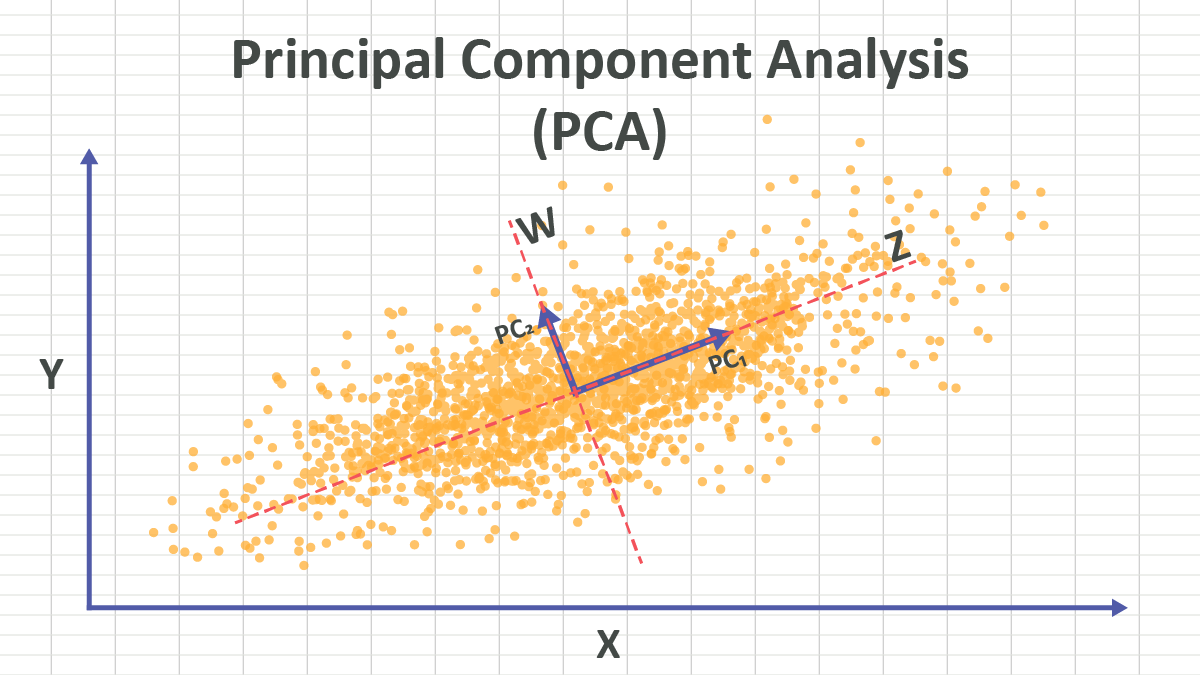My takeaway series follow a Q&A format to explain AI concepts at three levels:
Anyone with general knowledge can understand them.
For anyone who wants to dive into the code implementation details of the concept.
For anyone who wants to understand the mathematics behind the technique.
Principal Component Analysis (PCA) is a dimensionality reduction technique. It finds the principal components in high-dimensional data and projects the data onto a lower-dimensional space. In AI context, PCA is an unsupervised learning algorithm.
PCA is a data dimensionality reduction technique.
Inputs:
- A dataset with
Outputs:
- A transformed dataset with
PCA is done by SVD (Singular Value Decomposition). The steps are as follows:
- Standardize the data: Subtract the mean and divide by the standard deviation for each feature to ensure that each feature contributes equally to the analysis.
- Perform SVD on the standardized data matrix:
where
- Choose the top
- Transform the data: Project the original standardized data onto the new feature space using the chosen principal components.
Each principal component
- The feature projected onto the first principal component
- The transformed feature are statistically uncorrelated to each other, that is, when a feature increases or decreases, the other features do not change in a predictable way.
These two properties make the new features:
- More informative and less redundant, because the features carrying more information (less variance) are preserved first, and less informative (more variance) features are discarded.
- More independent, because the features are uncorrelated.
In PCA, the new coordinate system is defined by the principal components

Standardizing the data is crucial before applying PCA because PCA is sensitive to the scale of the features. If the features are on different scales, PCA may give more importance to features with larger scales, leading to biased results. Standardization ensures that each feature contributes equally to the analysis by transforming them to have zero mean and unit variance.
SVD is a mathematical technique that decomposes a matrix into three other matrices. For a given matrix
where:
The singular values in
To compute the SVD of a matrix
- Compute the covariance matrix of
- Compute the eigenvalues and eigenvectors of the covariance matrix
Form the matrix
Compute the singular values
Form the diagonal matrix
Compute the left singular vectors
- The SVD of